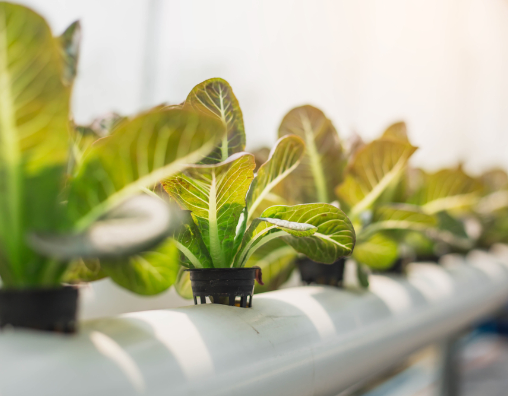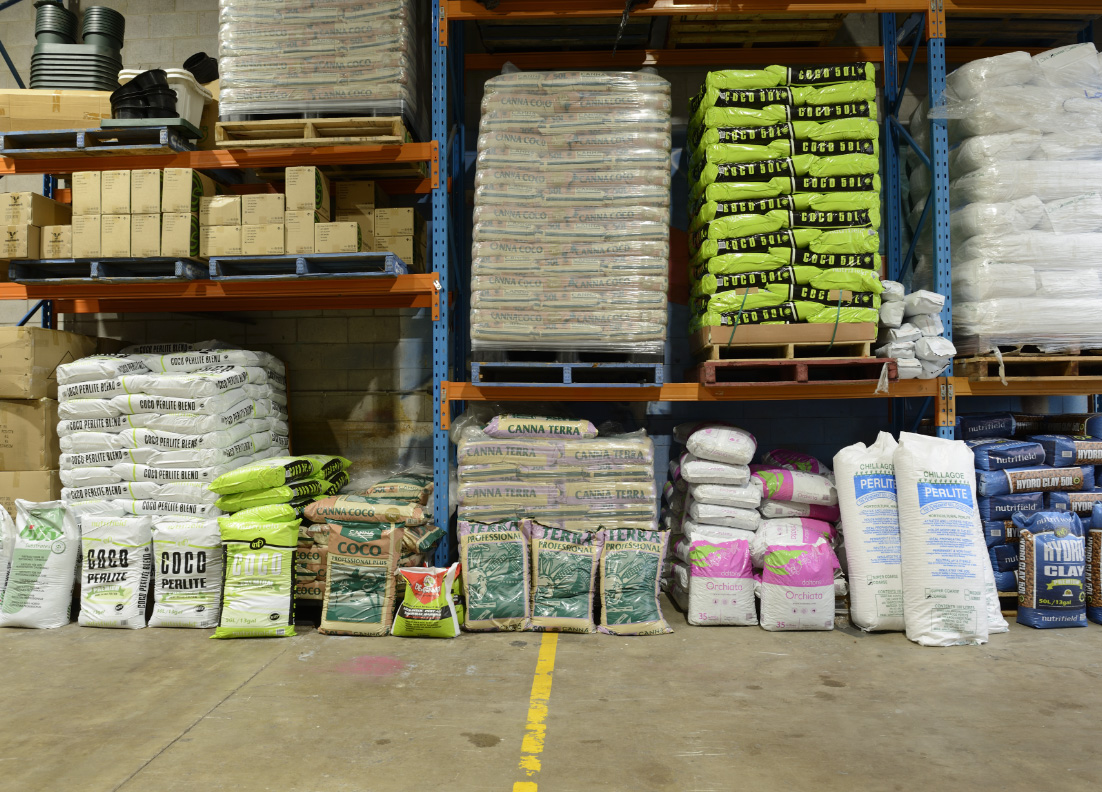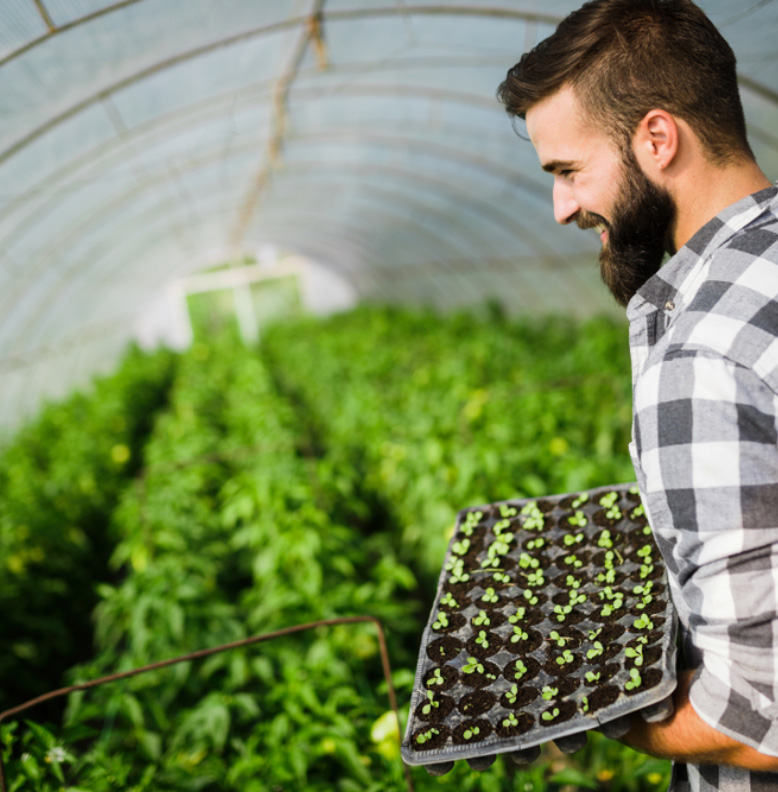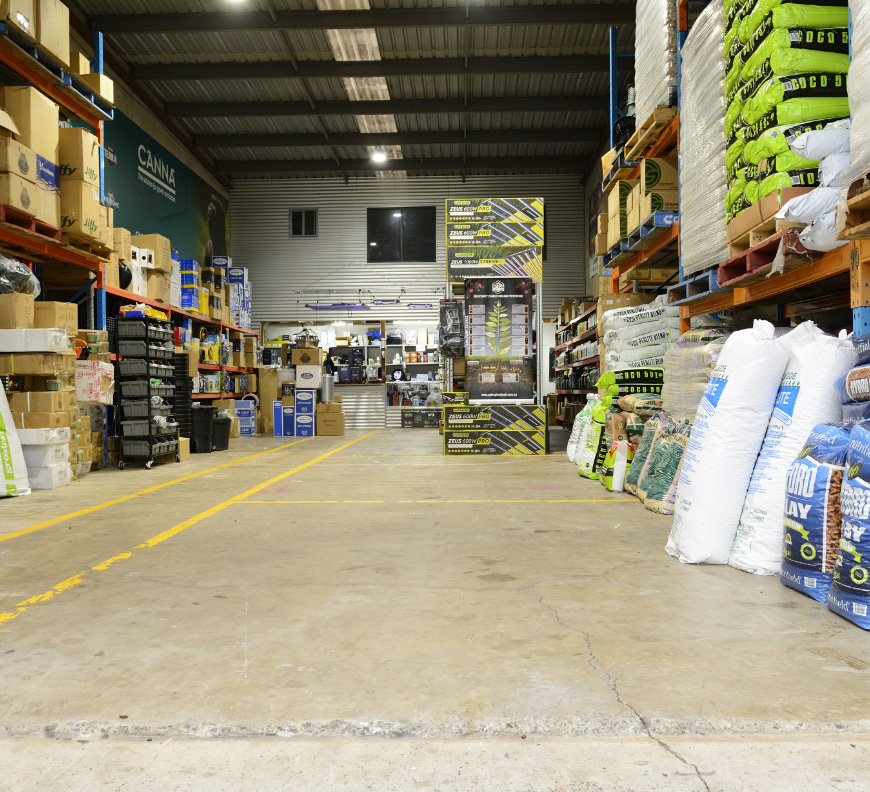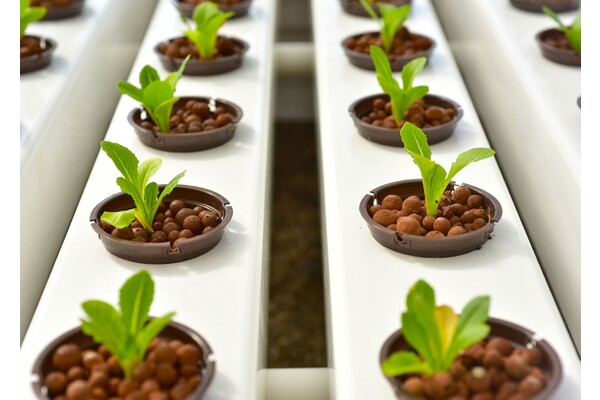What is hydroponic farming?
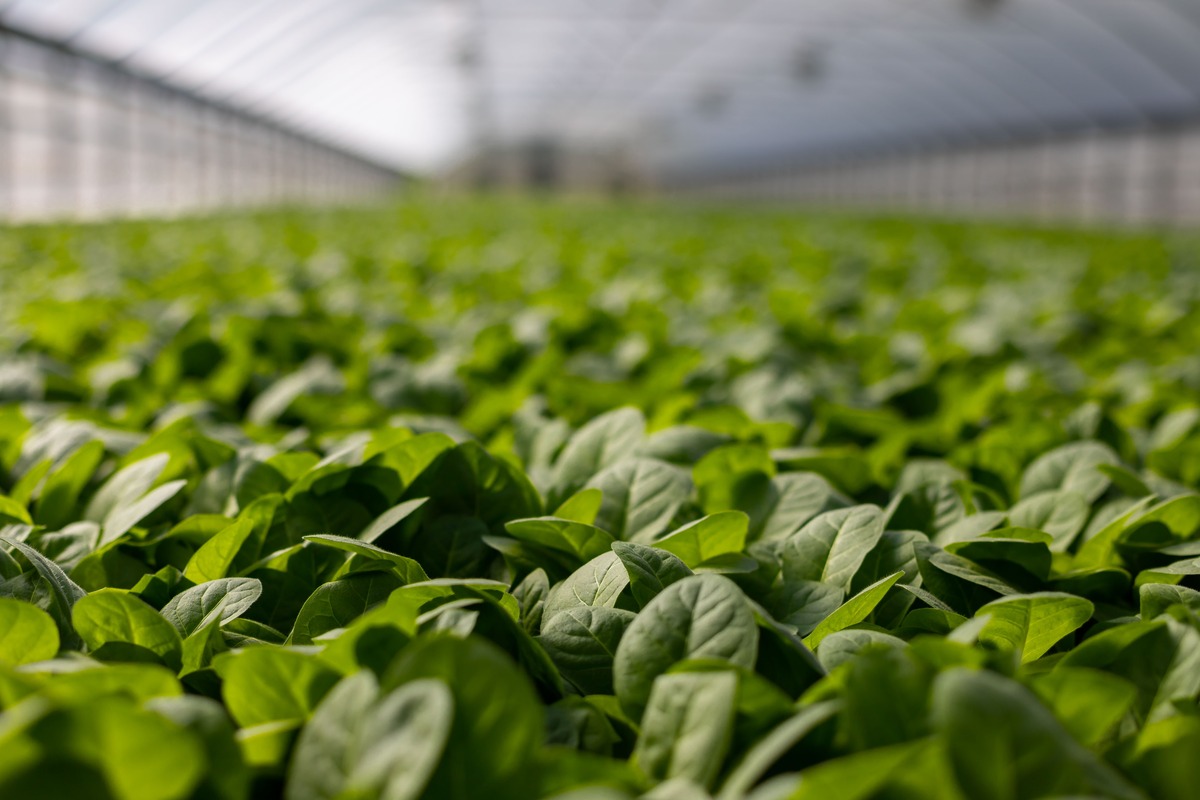
When you hear the term hydroponics, what image does it conjure up?
Perhaps you think of hanging gardens, hydroponic greenhouses or science labs that grow or modify food.
In reality hydroponics is a fancy word for a simple and effective technique for growing plants.
The word hydroponics was created in 1937 in the English language by combining the Greek word for water, ‘hydro’, with ‘ponein’ which means to labor or toil.
In short, the simple definition of hydroponics is working water, or growing plants without soil.
What’s the link to farming?
Basically the principle is that vegetation doesn't need soil in order to grow.
As long as they have a nutrient rich fluid to draw from, they can flourish with a smaller root system and as a result less land mass is required.
The hydroponic system uses nutrient dense water applied at consistent and measured levels, and this has many benefits compared with traditional farming.
Despite being commonplace, traditional agriculture is often fraught with issues such as unreliable weather conditions, inconsistent distribution of nutrients in the soil resulting in varied crop yields across the farm.
With hydroponic farming however, the nutrients and water each plant receives can be evenly dispersed.
This guaranteed spread of nutrients often results in larger plants, with smaller root systems, as the roots don’t need to go in search of what they need to survive.
As you can imagine, the benefits of hydroponics in agriculture is huge, and still remains a relatively untapped avenue for food production.
Those who are already seeing the future of farming are turning to hydroponic systems as a way of increasing yields in smaller spaces.
Hydroponic farms are also hugely popular in a vertical format, due to the ability to scale crop production.
Additionally, with the help of robotics, plants can be moved around and stacked up in a carefully controlled growing environment, depending on what they need and the infrastructure and size of the farm.
Are there additional benefits?
Beyond being a great way to maximize space, being soilless cultivation of fresh food, you are able to combat nutrient deficiencies that may otherwise be present in crops produced traditionally.
Including increasing things like mineral nutrients in the entire system, which can often be lacking in the soil.
You also don't have to worry about soil borne pests and will see higher yields due controlled plant nutrition.
Not to mention being a smart move when it comes to reducing the amount of runoff and fertiliser that goes back into our rivers, waterways and land with traditional farming.
All-in-all hydroponic farms really do offer huge positives as we as a society strive to do better for the environment.
So how can you apply this modern farming approach to your garden at home, or hobby farm?
All of the science, knowhow and brilliance of this growing technique doesn’t have to be out of reach despite its seemingly futuristic approach.
Because of its flexibility, you can implement hydroponic farming into your backyard, garden or hobby farm.
No matter the size, there is probably a solution for you.
Hydroponic systems
When it comes to hydroponic farming usually the systems that work the best are ones that have the ability to scale.
The most popular types are the Nutrient Film Technique system and the Drip System.
Nutrient Film Technique.
Nutrient Film Technique (NFT), uses small channels on an angle to deliver a nutrient rich water from a reservoir to the plants.
The solution then runs over the plant's roots delivering the nutrients and any excess runs back to the reservoir.
This NFT system, while easily scalable, is best suited for plants with a smaller root system as this hydroponic system doesn’t use an additional substrate to hold the roots in.
The method is traditionally best suited to lettuce varieties, strawberries and herbs.
It has also been used for things such as cucumbers, but usually additional supports are required to support the plants.
Drip System
A Drip system is another popular method, suitable for larger plants and can be adapted to scale farming operations.
The benefits of using this system is the ease of distribution.
The nutrient solution is dripped directly onto the plant base, and the rate of distribution can be adjusted depending on the plant's requirements
Perfect for those who want to change out the type of produce you're looking to grow on a regular basis, as the drip system can be easily adjusted each time you plant a new range of seeds.
Peas, tomatoes, leeks and onions all are well suited to a drip system.
What other hydroponic systems are there?
While not as popular in large scale farming practices, depending on the size of garden you want to grow, and what you want to produce, you can also consider the other four types of hydroponic systems.
Ebb and Flow system
The ebb and flow system is relatively easy to set up but does present problems should the mechanics stop working, it can quickly affect the health of a plant.
In this method, a growing bed is set up with plants in a growing medium such as rockwool or perlite.
A nutrient solution is pumped into the growing bed, flooding the tray and submerging the plant's roots for a period of time before the liquid is drained away back into the nutrient solution reservoir.
This system can be used to grow vegetables such as carrots, however try to avoid using large plants as they often will over crowd the bed with their extensive root systems, making the plant roots fight for nutrients.
Wick system
The Wick system is one of the most simple ways to get started in hydroponics, and as such can be well suited to beginners to the practice.
A wick is suspended from the plant to the nutrient solution below, with the plant drawing up what it requires from the wick system.
The main issue that can occur with this method however is the constant moisture applied to the root system.
In the Wick system the plant doesn’t have enough time to dry out, so if there is not adequate airflow, it can result in root rot or mold forming on the wick.
Deep Water Culture System (DWC)
The Deep Water Culture hydroponic system is considered one of the basic hydroponic systems and is another wonderful starting point for beginners. While not really scaleable for commercial use, it’s a good option to get your feet wet.
In this system a plant's roots are submerged in a highly oxygenated water and nutrient rich solution.
This method also requires a growing medium such as vermiculite or clay to hold the plants in place.
It’s also important to note that other vital elements to this system will be the inclusion of an air pump and air stone.
Aeroponic system
Finally the Aeroponic system is potentially the most complex out of all of the hydroponic systems.
While complex to set up, it has been reported as an incredibly effective system and can facilitate most if not all produce options.
In this system, plants are suspended in the air with the nutrient solution applied to the roots via a mist, and any excess falls in a reservoir below.
Because of this, the aeroponic system uses the least amount of water and often has very little wastage, and so therefore adding to the environmental benefits.
However due to the complexity of setting up, depending on your end goal, it may not be the best fit depending on your garden space at home or on your property.
So how to know which is the right one for you?
When looking at hydroponic farming options or even just a hydroponic garden to suit your needs there are a few things to consider.
Firstly make sure you think about what types of produce or plants you are looking at growing and to what scale.
Then you also need to figure out how you want to set up your hydroponic farm.
If you have a small space and are hoping to try your hand at vertical hydroponics, the best method for you will be very different than if you were on a small farming property, with more land available.
Finally it does often come down to cost, and how much you’re willing to invest.
Some hydroponic growing systems such as the aeroponic and drip system, have mechanical parts which may often require upkeep and as a result ongoing maintenance costs.
The best bet is to head into Logan Hydroponics and chat to one of our friendly staff members. We have a horticulturalist ready to assist you six days a week.
So no matter when you want to talk about hydroponic farming, we will be ready!
Come in and visit or give us a call today


